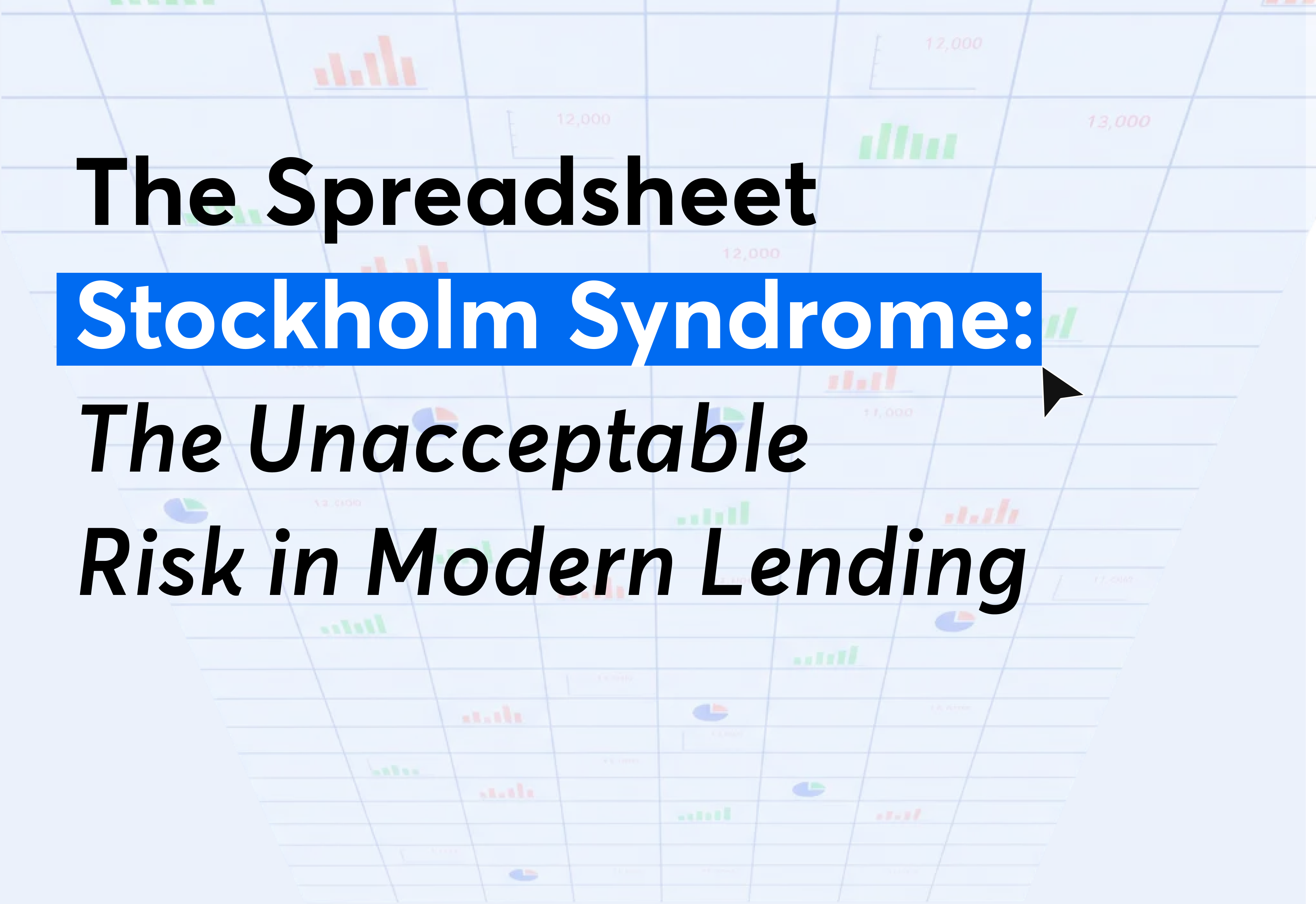Data Management

Mar 21, 2024
6 min

Unleash the potential of data management in your lending operations. This guide provides a comprehensive walkthrough, overcoming challenges, and leveraging data effectively. With these insights, you can transform decision-making, enhance customer relations, and drive sustainable growth in your lending business. Read on to unlock the secrets of mastering data management.
As lenders, managing data effectively is essential to streamlining operations and making informed business decisions. However, with the volume of customer data necessary for loan management, it can be challenging to manage and maintain that data effectively. That's why mastering data management is paramount for lenders looking to stay competitive in today's fast-paced market.
In this step-by-step guide, we walk through the process of mastering data management for lenders. From understanding the types of data lenders deal with to implementing robust data management systems, we will cover it all. Whether you're a new lender looking to establish solid data management practices or a seasoned professional wanting to refine your approach, this guide is for you.
By the end of this guide, you will have a clear understanding of how to organize and analyze your data effectively, leading to improved decision-making, reduced risk, and enhanced customer relationships. So, let's dive in and unlock the power of data management for lenders.
Data management in the lending industry refers to the process of collecting, organizing, storing, and analyzing data to support lending operations and decision-making. Lenders deal with vast amounts of data, including borrower information, collateral details, investor information, documents, and transaction records. Effectively managing this data is crucial for lenders to assess creditworthiness, mitigate risks, and ensure compliance with regulations.
To successfully manage data in the lending industry, it's important to understand the different types of data lenders deal with. This includes both structured data, such as loan amounts and repayment schedules, and unstructured data, such as customer emails and social media interactions. Lenders must also consider internal data generated within their organization, as well as external data from credit bureaus, financial institutions, and other sources.
Data management plays a vital role in the lending industry, offering several key benefits for lenders:
While data management offers numerous benefits, lenders often face several challenges in effectively managing their data. Some common challenges include:
To overcome the challenges mentioned above and effectively manage data, lenders should follow these best practices:
Before implementing data management systems, lenders must assess their specific data needs and goals. This involves identifying the types of data required for lending operations, understanding the data sources, and determining the desired outcomes from data analysis. By clearly defining data needs and goals, lenders can ensure that their data management efforts align with business objectives.
Data governance is crucial for ensuring data quality, integrity, and security. Lenders should establish data governance policies and procedures to govern data collection, usage, storage, and sharing. This includes defining roles and responsibilities, establishing data access controls, and enforcing data privacy regulations. Regular audits and reviews should be conducted to ensure compliance and identify areas for improvement.
In addition to data governance, lenders must invest in robust data security measures. This includes implementing encryption technologies, firewalls, and intrusion detection systems to protect sensitive data from unauthorized access. Regular security assessments and employee training should be conducted to mitigate the risk of data breaches and cyber-attacks.
Selecting the right data management tools and software is essential for efficient data management. Lenders should consider tools that offer data integration capabilities, allowing them to consolidate data from various sources into a centralized database. Additionally, data visualization and reporting tools can help lenders gain insights from their data and communicate findings effectively.
Cloud-based data management solutions offer scalability and flexibility, allowing lenders to store and process large volumes of data without the need for extensive infrastructure investments. However, it is crucial to assess the security and compliance measures offered by cloud service providers before adopting cloud-based solutions.
Once the right tools and software are in place, lenders can focus on data collection, integration, and quality assurance. This involves establishing data collection processes, ensuring data consistency and accuracy, and integrating data from various sources. Lenders should invest in data validation and quality assurance tools to identify and rectify any errors or inconsistencies in the data.
Automating data collection processes can significantly improve efficiency and reduce the risk of errors. Lenders should leverage application programming interfaces (APIs) and data integration platforms to automate data retrieval from external sources, such as credit bureaus and financial institutions. Regular data cleansing and standardization should be performed to maintain data quality and integrity.
The ultimate goal of data management is to derive actionable insights from data analysis. Lenders should utilize data analytics tools and techniques to gain a deeper understanding of their lending portfolio, customer behavior, and market trends. By leveraging data, lenders can identify patterns, detect anomalies, and make data-driven decisions.
Data visualization techniques, such as dashboards and interactive reports, can aid in presenting data findings in a meaningful and comprehensible manner. Lenders should regularly monitor key performance indicators (KPIs) and conduct predictive analytics to forecast loan performance and identify potential risks.
Mastering data management is crucial for lenders looking to thrive in today's competitive lending industry. By understanding the types of data lenders deal with and implementing robust data management practices, lenders can leverage data to improve decision-making, reduce risk, and enhance customer relationships.
Through the step-by-step guide provided in this article, lenders can assess their data needs, establish data governance and security measures, choose the right data management tools, and implement effective data collection, integration, and quality assurance processes. By analyzing and leveraging data, lenders can gain valuable insights and make informed decisions, ultimately leading to successful lending operations and sustainable growth. So, start mastering data management today and unlock the full potential of your lending business.

Data Management
Thought Leadership
Dec 1, 2025